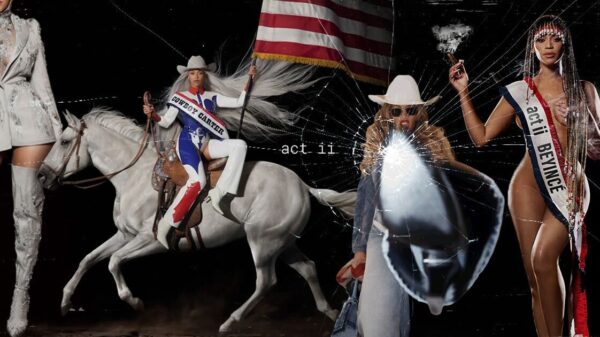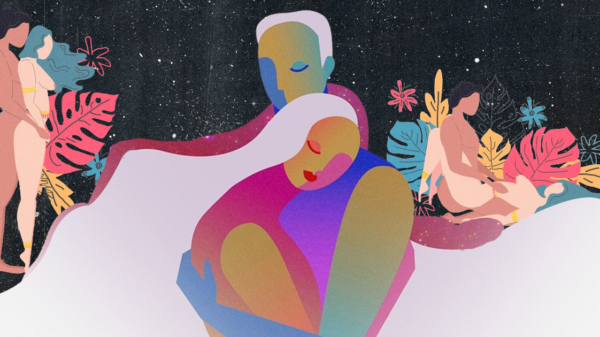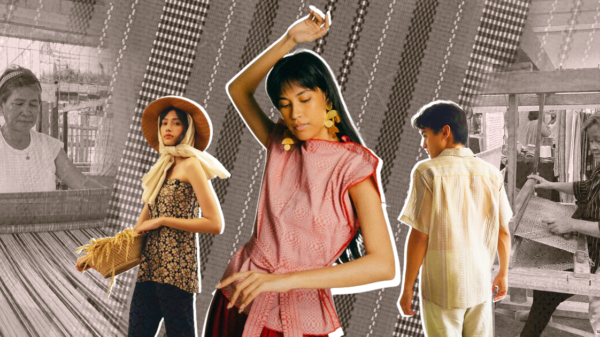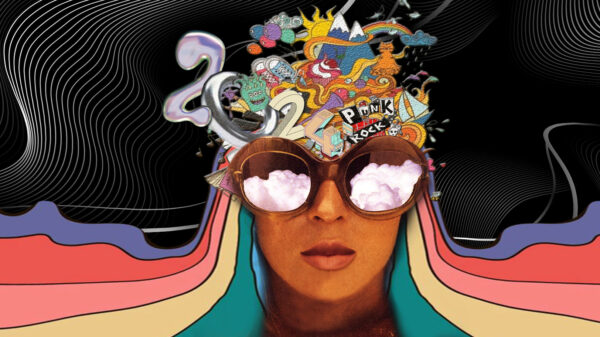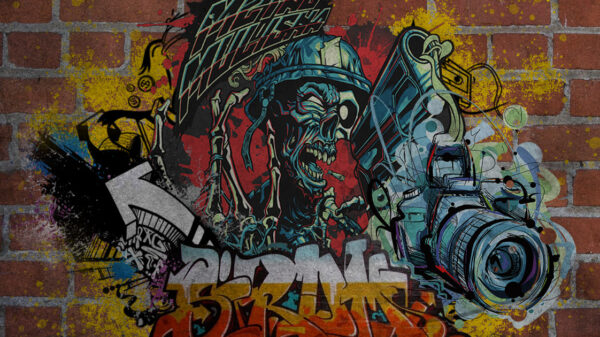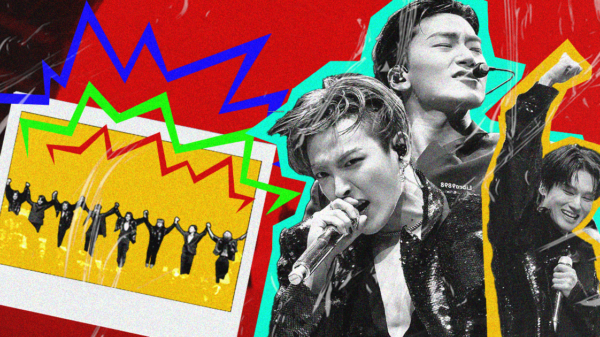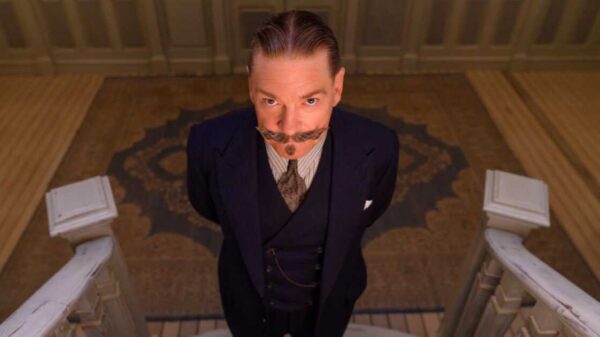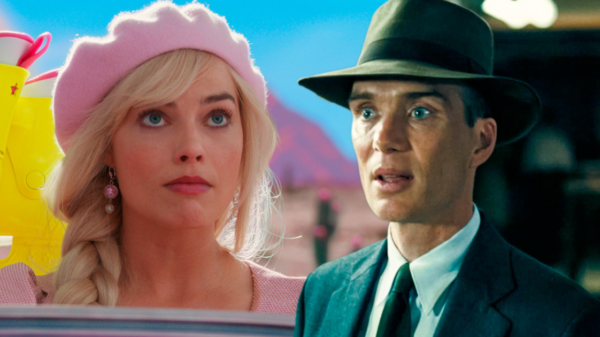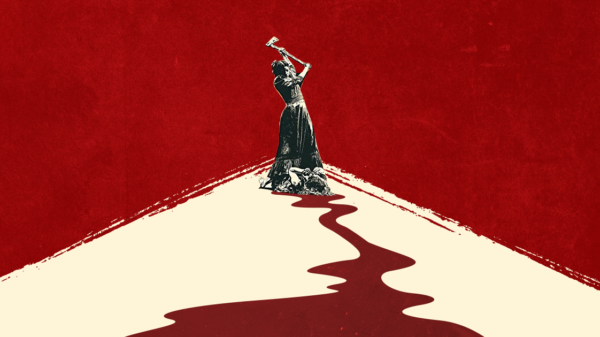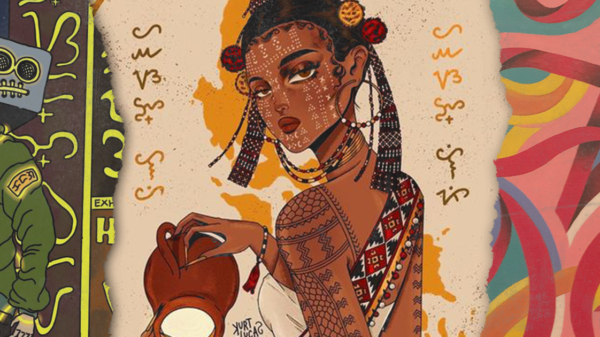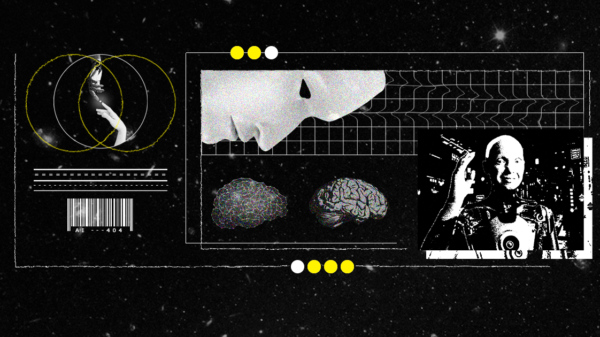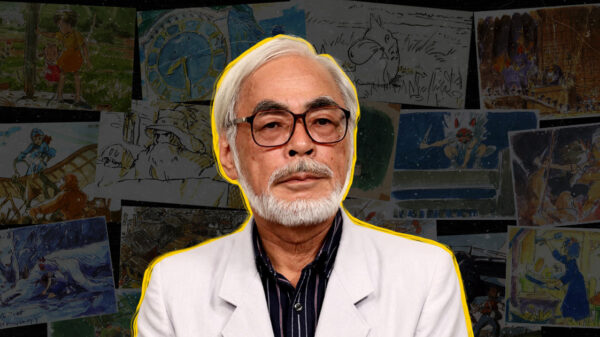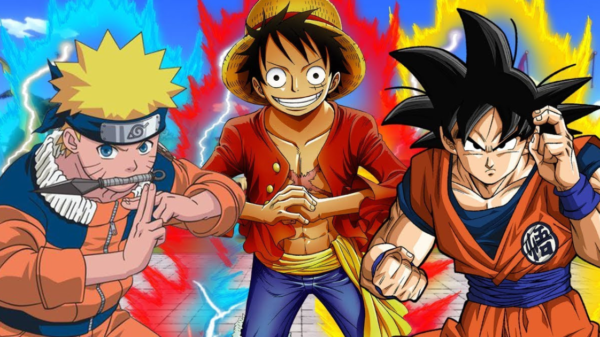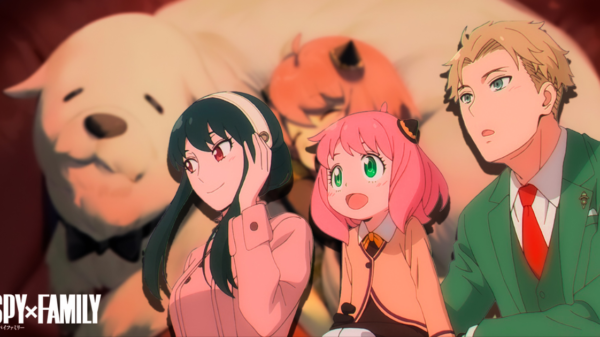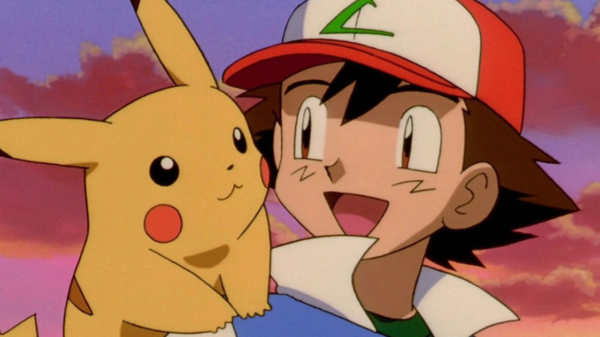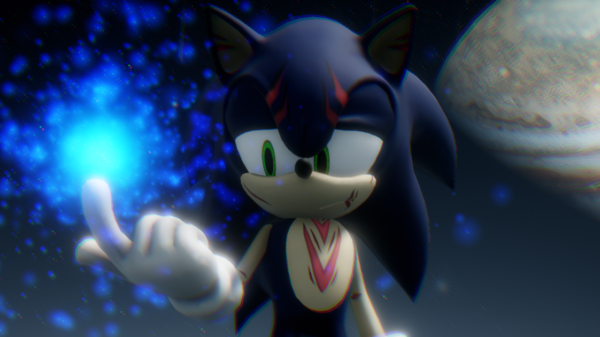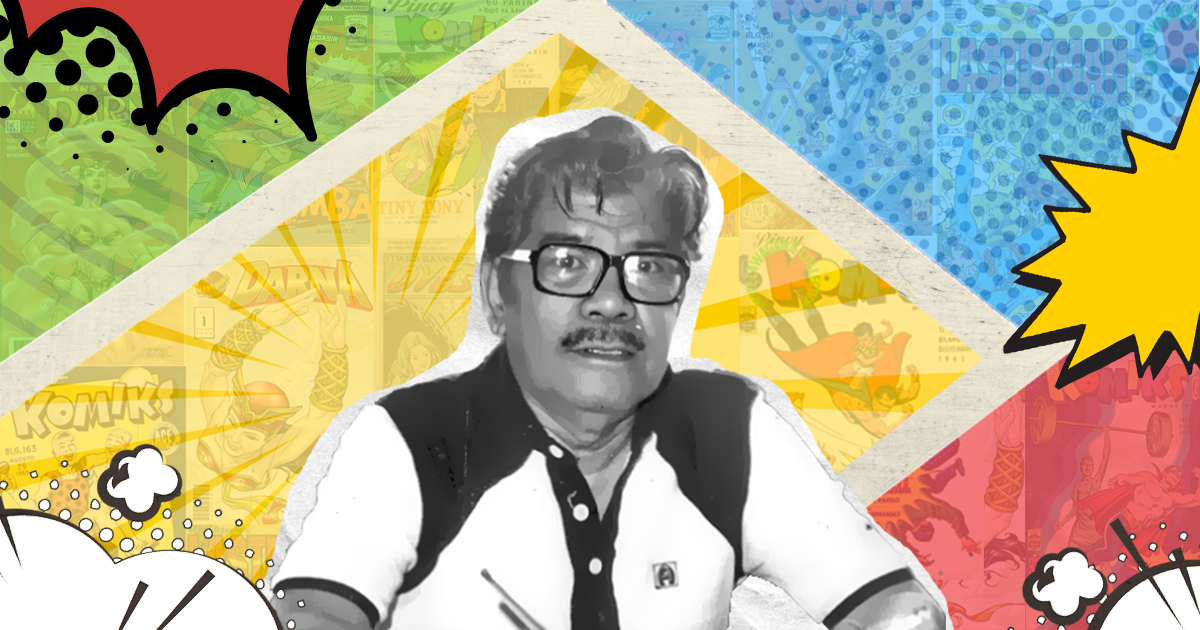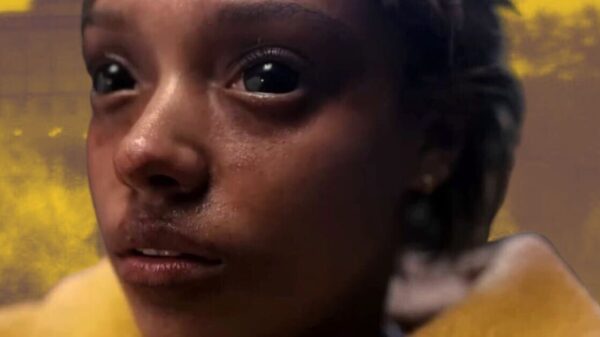In the chronicles of Filipino pop culture, Mars Ravelo’s name glows with a unique luster. He was a man of many talents but is best remembered as a pioneering comic book writer and artist who left an unforgettable mark on the Philippine comic book industry, also known as the “Komiks”. His work, characterized by its originality, depth, and deep understanding of the Filipino psyche, has spanned generations and continues to resonate with modern audiences.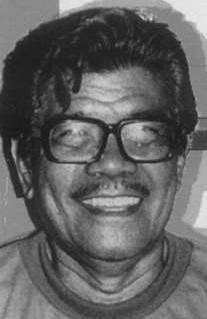
Ravelo’s journey was full of challenges and struggles. He began his career as a cartoonist for many industries. Still, his talent soon propelled him to the forefront of the burgeoning comic book industry. His distinctive narrative style and memorable characters quickly set him apart. His creations have become cultural icons in the Philippines, encapsulating the hopes, dreams, and struggles of the Filipino people.
Despite his meteoric rise to success, Ravelo remained humble and grounded. He was known for his humility, kindness, and dedication to his craft. His work ethic was legendary, often working long hours to perfect his stories and artwork. His commitment to his craft was matched only by his love for his family, his greatest source of inspiration.
Ravelo’s influence extends far beyond the comic book industry. His creative genius gave birth to many iconic characters that have been adapted into numerous films, television series, and other media, cementing their place in the cultural mainstream. His work has also inspired countless artists and writers in the Philippines and worldwide. His influence has been so significant that he has been called the “Stan Lee of the Philippines.”
The Legacy of Mars Ravelo in the Filipino Komik Industry
Marical Custodio Ravelo, fondly known as “Mars Ravelo,” was born on October 9, 1916, in Tanza Cavite. He was a renowned Filipino comic artist and writer, usually called the “King of Komiks” in the Philippines. His creative journey spanned from the 1940s to the 1970s, was prolific, with over a hundred works to his name. His imaginative storytelling and artistic prowess brought to life some of the most recognizable characters in Philippine pop culture, making him a beloved figure in Filipino Komiks.
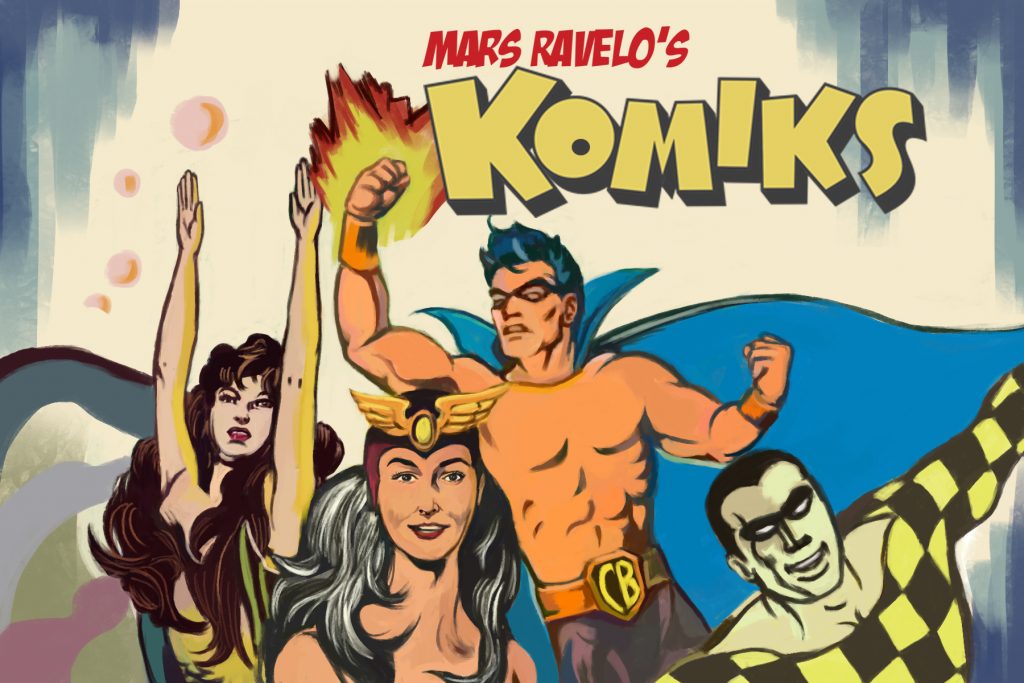
His early life was marked by financial struggles that prevented him from completing his education. Despite these challenges, Ravelo’s innate talent for writing and drawing was evident from a young age. He found relief in public libraries, immersing himself in stories and knowledge about the world. This early exposure to literature undoubtedly played a role in shaping his storytelling skills. His resilience was evident when he took on various jobs, including being a janitor, to cope with his financial situation. Despite the challenges, he never lost sight of his dreams.
At the tender age of 23, he began his career as a cartoonist for the Mabuhay Extra, a Tagalog weekly news magazine. But as fate would have it, the onset of World War II in 1941 halted his developing career. When the dust of the war settled, Ravelo picked up his pen and paper again, creating the comic strip “Rita Kasinghot” in 1947. This strip played a pivotal role in the success of Bulaklak magazine. His career took a leap when he joined Pilipino Komis (Ace Publications) with “Buhay Pilipino” and “Roberta,” a long-form Komiks novel that was later adapted into a movie by Sampaguita Pictures.
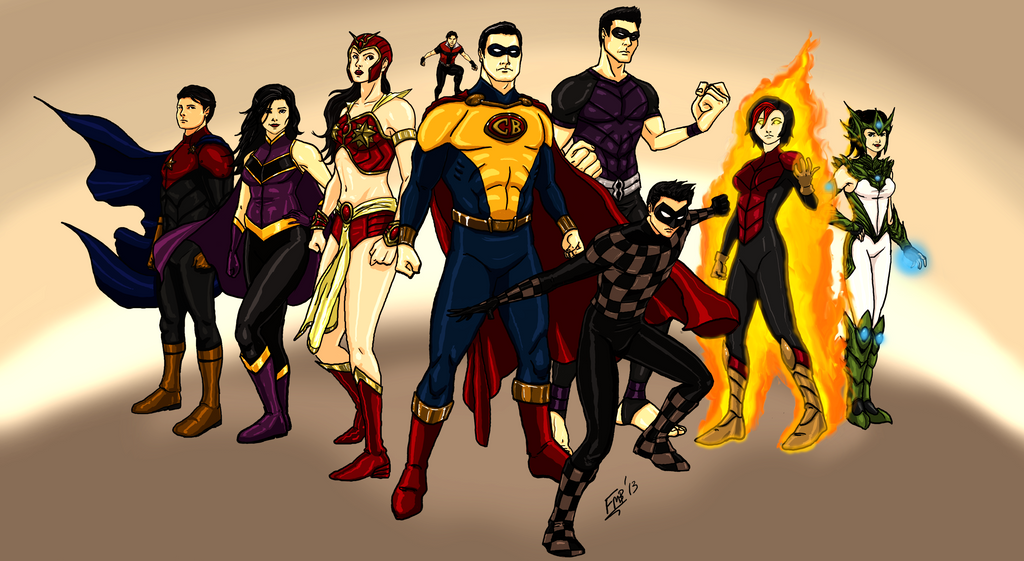
Ravelo’s true legacy, though, lies in the fantastical and superheroic characters he breathed life into. In 1950, he introduced “Darna,” a character that would be followed by a parade of other iconic characters like “Captain Barbell,” “Lastikman,” “Flash Bomba,” and many more. These characters were a fresh take on the tradition of costumed adventurers defining mainstream Western comics. They were Filipino heroes who fought larger-than-life battles for their nation. Ravelo’s characters were not just enduring, as they became icons. Just like Siegel and Shuster’s Superman or Simon and Kirby’s Captain America, Ravelo’s characters, like the village girl Narda who transforms into the heroine Darna using a magical white stone, have captivated the Philippine popular imagination. These narratives persist and inspire, giving Filipinos heroes they can call their own.
Ravelo’s passion for his work often had him working from when he woke up until late at night. He was known to be a “workaholic night owl.” His dedication to his craft led him to produce over 300 titles in his lifetime. This is a testament to his prolific career and enduring legacy.
Today, Ravelo’s works, which once thrived in the industry, are fighting for survival. The once-mighty Komiks industry, which nurtured talent for international TV and animation blockbusters, faces challenges from the internet and other new media. But even in the face of these challenges, Ravelo’s legacy continues to inspire new generations of Filipino artists and writers, proving that his influence in the industry is far from over.
Mars Ravelo’s Iconic Characters
Mars Ravelo’s famous characters have become cultural icons in the Philippines. His characters, brought to life through the pages of comic books, have leaped onto the big screen and into the hearts of audiences nationwide.
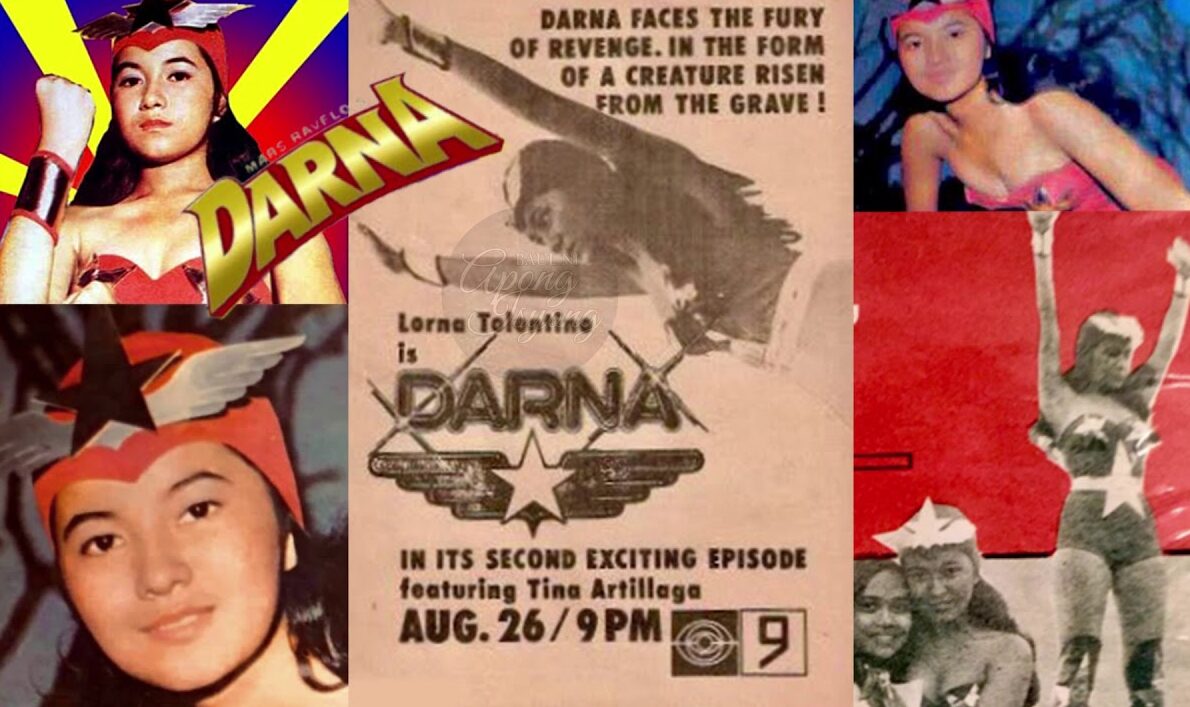
He was heavily involved in the adaptation of his works, as he would review proposals for adaptations and even have a hand in choosing the actors and actresses that would play the part. His dedication to his creations extended beyond the pages of his comics. He was also a novelist and editor-in-chief for major publishing houses and film companies, showing the breadth of his skills and his versatility as a writer.
Here are some notable Iconic Characters that made him a Filipino Iconic Pop Culture:
Darna
The first one is Darna which is frequently compared to Wonder Woman. Darna’s story began in the pages of Pilipino Komiks in 1950. Still, she was initially introduced as ‘Varga’ in Bulaklak Magazine in 1947. Her transformation into the superheroine we know today was a testament to Ravelo’s creative genius. Dressed in a striking red and gold costume adorned with gold stars reminiscent of the national flag as Darna became a symbol of female power.
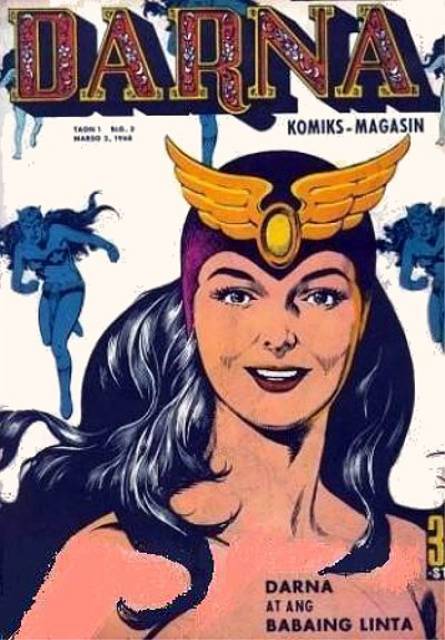
The story revolves around a young girl named Narda who transforms into a superheroine when she swallows a magical stone and shouts, “Darna.” This iconic character was inspired by Ravelo’s mother, symbolizing female empowerment such as courage, selflessness, and resilience, and her adventures frequently involve fighting against evil forces to protect the innocent. Interestingly, Darna’s magical stone, which triggers her transformation, was originally a white pebble. Yet, it was later changed to ruby to make it more visually appealing on the colored pages of the comics. Another fascinating trivia for Darna was initially mute when first introduced. She only gained the ability to speak when she was portrayed in films. Also, Darna’s arch-nemesis, Valentina, was not part of the original comic series. She was introduced in the 1951 film adaptation of Darna.
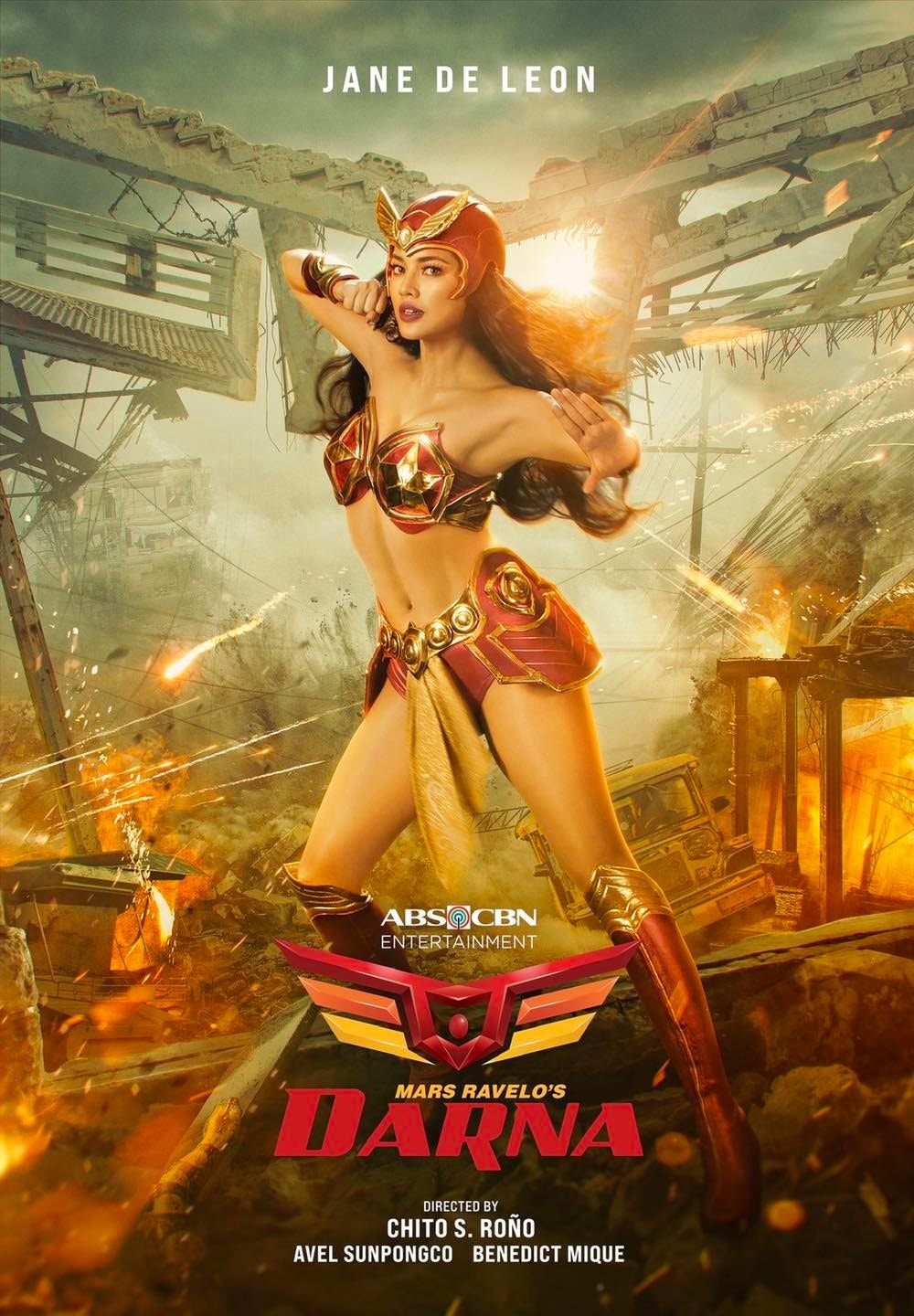
Because of its incredible and full of adventure story, later on, She has been adapted into several films and television series, tremendously impacting Filipino culture, and is considered a national symbol. She is a national symbol and actresses who have had the honor of portraying Darna, such as Rosa del Rosario, Gina Pareño, Vilma Santos, Lorna Tolentino, Rio Locsin, Sharon Cuneta, Regine Velasquez, Angel Locsin, Marian Rivera, and Jane De Leon have seen their careers skyrocket.
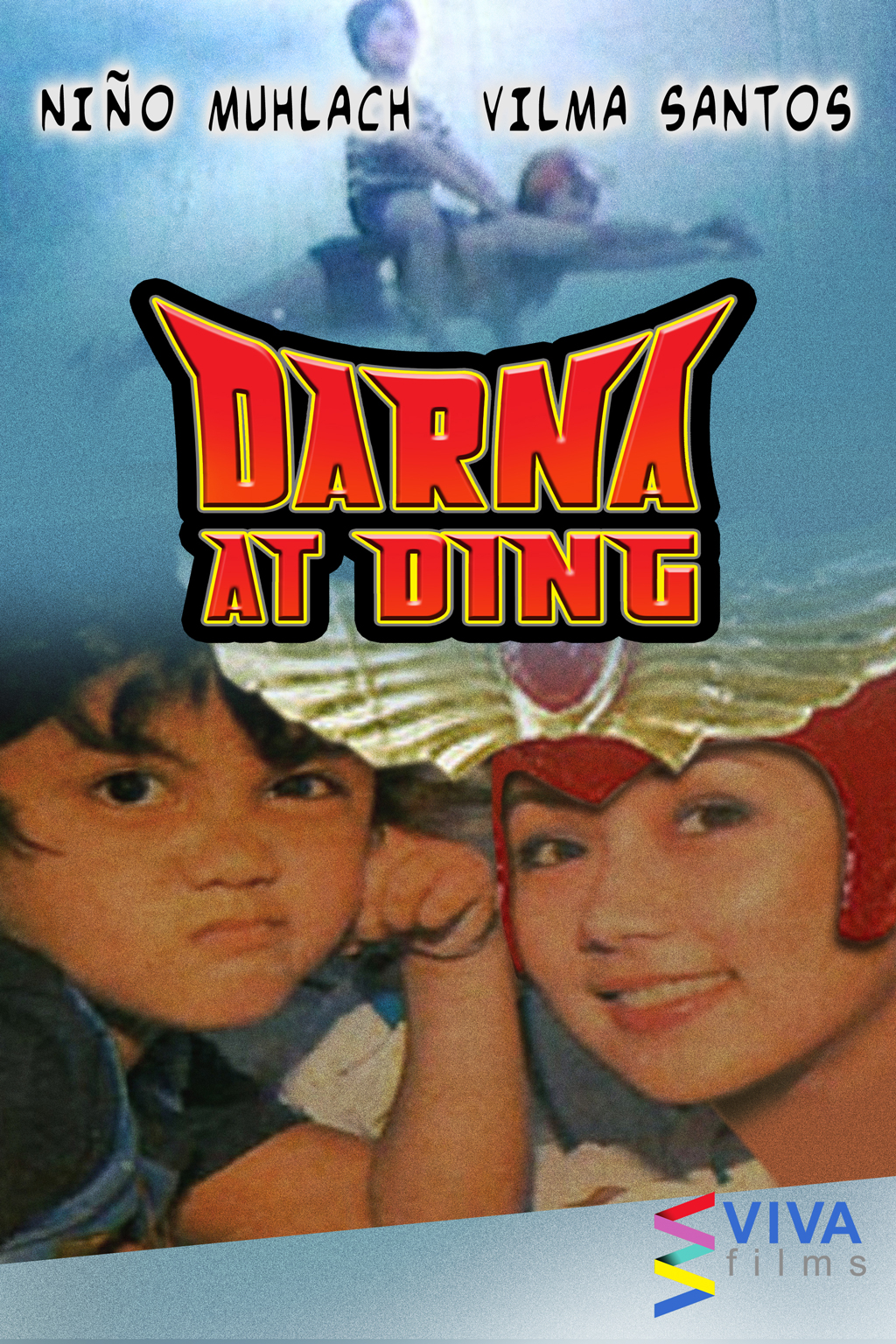
But Darna’s story would only be complete by mentioning ‘Ding,’ Narda’s younger brother. Ding plays a pivotal role in Narda’s transformation into Darna. Due to its famous tagline “Ding, ang bato!” translates to “Ding, the stone!” The transformation of Narda into Darna is triggered by a magical white stone, which Narda swallows. When danger is near, Narda shouts, “Darna!” and transforms into the superhero. After the danger has passed, Darna spits out the stone, and Ding is responsible for safeguarding it. Just like Darna, portraying Ding has been a pitching a stone to fame for many child actors, including Manuel Ubaldo, Dondon Nakar, Bentot Jr, Danreb Belleza, Romnick Sarmenta, Niño Muhlach, Lester Llansang, Buboy Villar, and Zaijan Jaranilla.
Dyesebel
Next is Dyesebel. It was a combined name of Mars Ravelo’s parents – Diego and Isabela. It was introduced in Pilipino Komiks in 1952, a unique mermaid character captivated in the Philippines that was inspired by Hans Christian Andersen’s “The Little Mermaid.”. Unlike traditional mermaids who undergo a transformation, Dyesebel is born with her aquatic attributes, embodying the mystique and allure of the ocean from the very beginning. Her narrative, a poignant tale of love and adversity, explores her deep affection for a human and her trials as a mermaid.
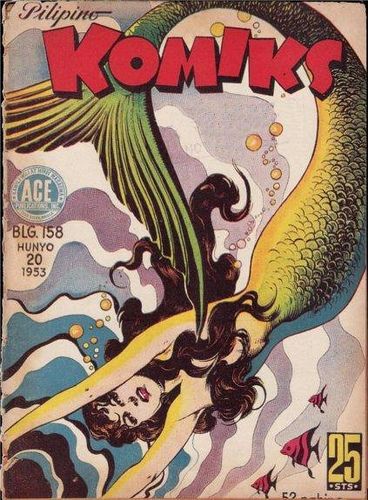
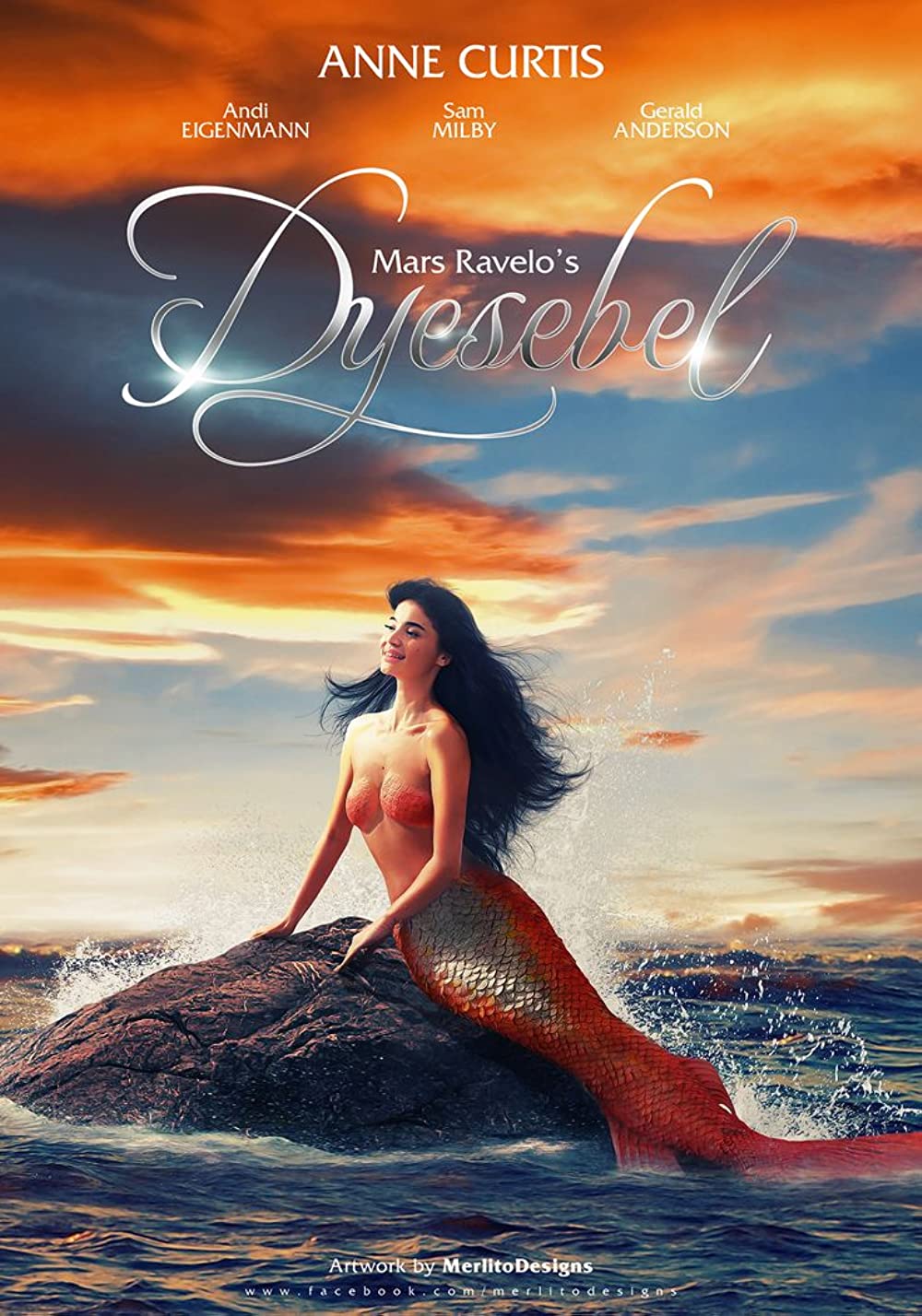
Dyesebel’s story was the first comic book in the Philippines to become a movie while the comic book was still being published. Its popularity has led to numerous adaptations in film and television, with the most recent series airing in 2014. Her story continues to resonate with audiences, symbolizing a profound exploration of identity, acceptance, and the transformative power of love. Dyesebel has also been portrayed by many actresses, including Vilma Santos, Alma Moreno, Alice Dixson, Charlene Gonzales, Marian Rivera, and Anne Curtis.
Captain Barbell
Captain Barbell is a character inspired by Mars Ravelo’s fascination with weightlifting that emerged from the creative minds of Mars Ravelo and artist Jim Fernandez. His story began in 1963, within the pages of Pinoy Komiks. While he shares some similarities with American superheroes like Superman, Shazam, and Thor, his transformation story is reminiscent of Captain America. The tale centers around Enteng, a frail but kind-hearted boy who becomes the invincible Captain Barbell when he lifts a magical barbell. This superhero has super strength, x-ray vision, incredible speed, and flying power. Also, Captain Barbell has a brother named Captain Bakal, who was introduced in the 2003 TV series.
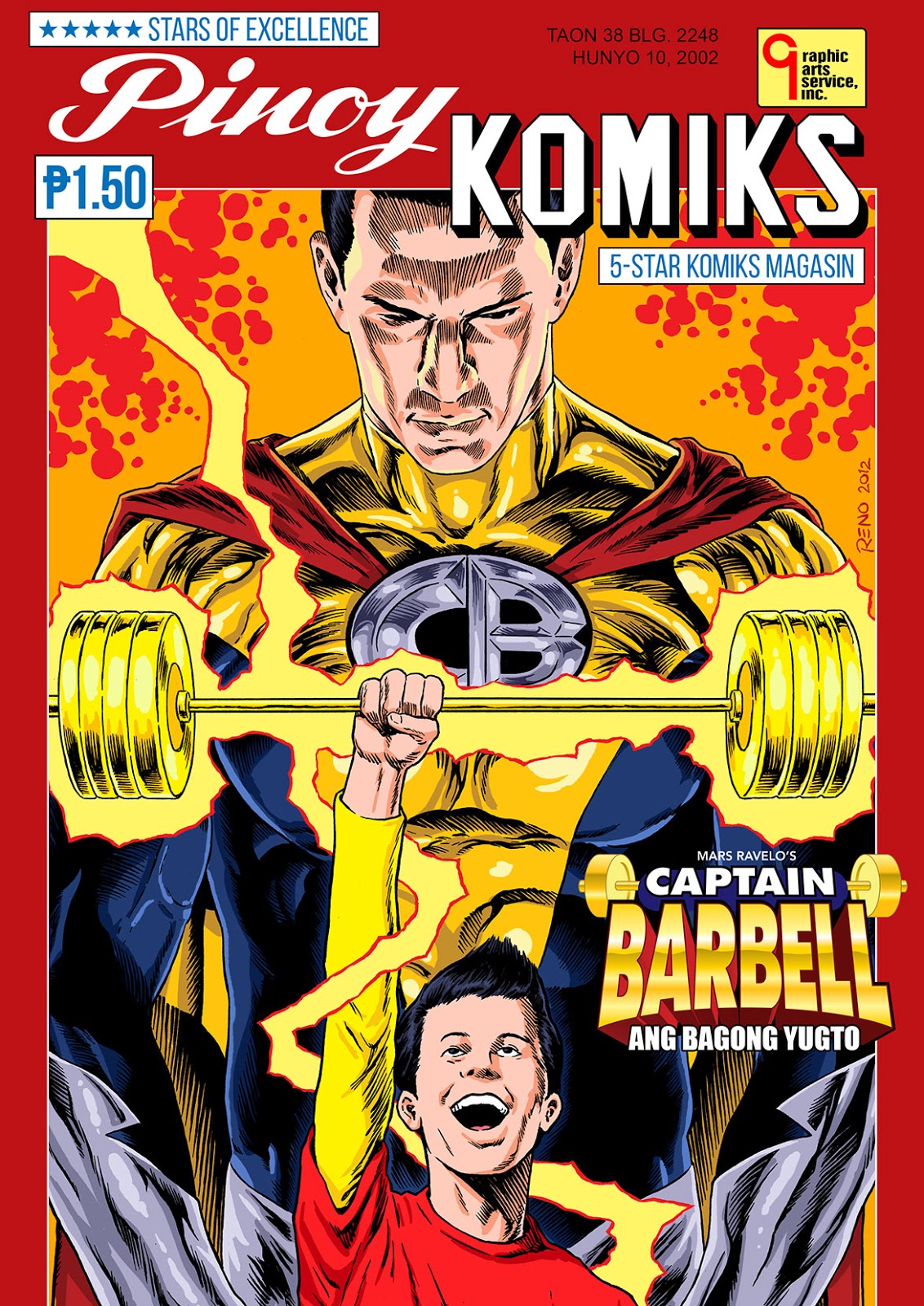
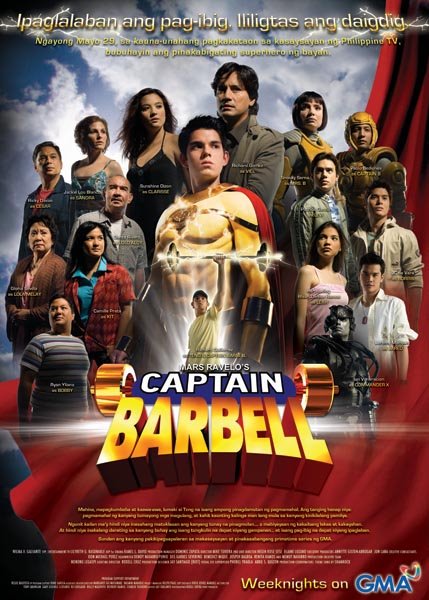
It became the star of several films and television series, most recently aired in 2011. Captain Barbell stands as a symbol of the potential for greatness within the seemingly weak, a testament to the power of courage and kindness. Over the years, many actors have lifted the barbell of this iconic character, including Bob Soler, Dolphy, Edu Manzano, Herber Bautista, Bong Revilla, Ogie Alcasid, and Richard Gutierrez.
Lastikman
Lastikman is another unique superhero character in Filipino comics, born from the imagination of Mars Ravelo and artist Mar T. Santana. First appearing in Aliwan Komiks in 1964, Lastikman, inspired by DC Comics’ Plastic Man and Marvel’s Mister Fantastic, possesses the remarkable ability to stretch and transform his body into various forms and shapes. This unique power, combined with his alien origins, adds a layer of intrigue and novelty to his character. However, Ravelo gave Lastikman a special Filipino touch by making him a victim of a rubber tree’s curse. This tree is native to the Philippines, and its sap is used to make rubber. Lastikman’s real name, “Eskappar,” is a play on the word “escape,” reflecting his ability to escape sticky situations.
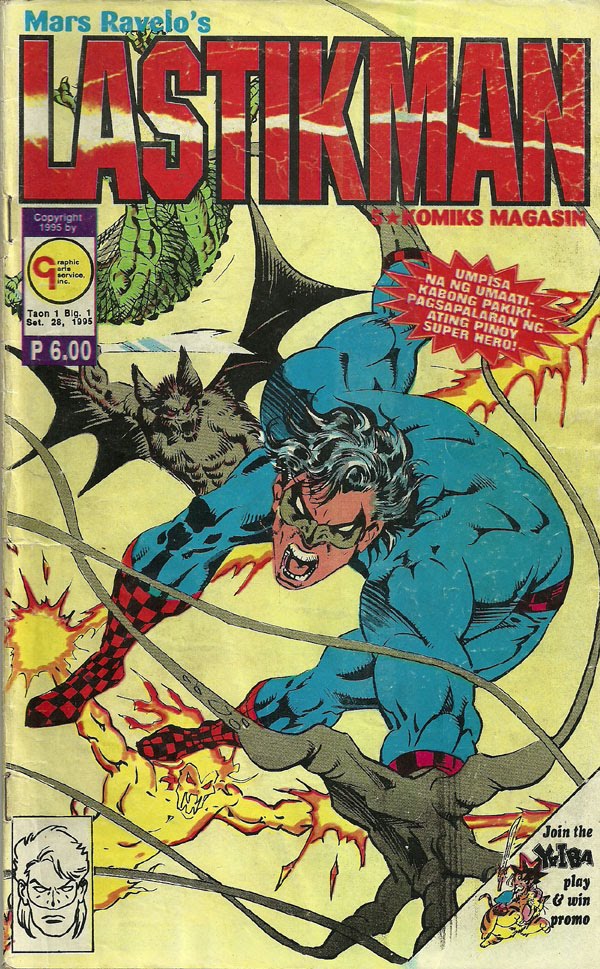
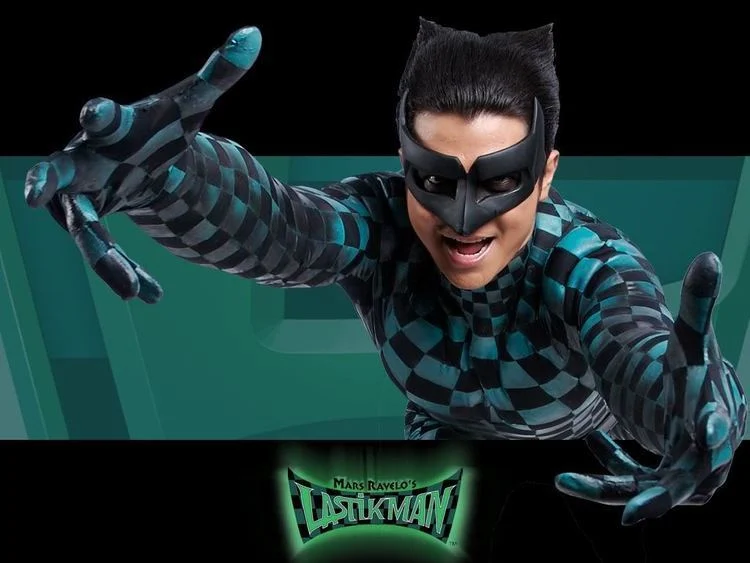
Lastikman’s adventures have been brought to life in various films and television series, showcasing his elasticity in the face of danger and his ability to adapt to any situation, a metaphor for resilience and flexibility in the face of adversity. Over the years, Lastikman has been portrayed by several actors, including Von Serna, Vic Sotto, Mark Bautista, and Vhong Navarro.
Bondying
And finally, we meet Bondying, a character developed in the 1950s. It was initially a supporting character in another comic strip by Ravelo titled “Roberta.” Yet, Bondying’s character was so well-received that Ravelo gave him his comic strip. Bondying was depicted as an oversized child whose comedic misadventures provide a source of amusement and light-hearted entertainment. Despite his childlike behavior, Bondying often finds himself in adult situations, resulting in humorous and often insightful outcomes. Interestingly, the character’s name, “Bondying,” is derived from the Filipino word “bunso,” which means the youngest child in the family.
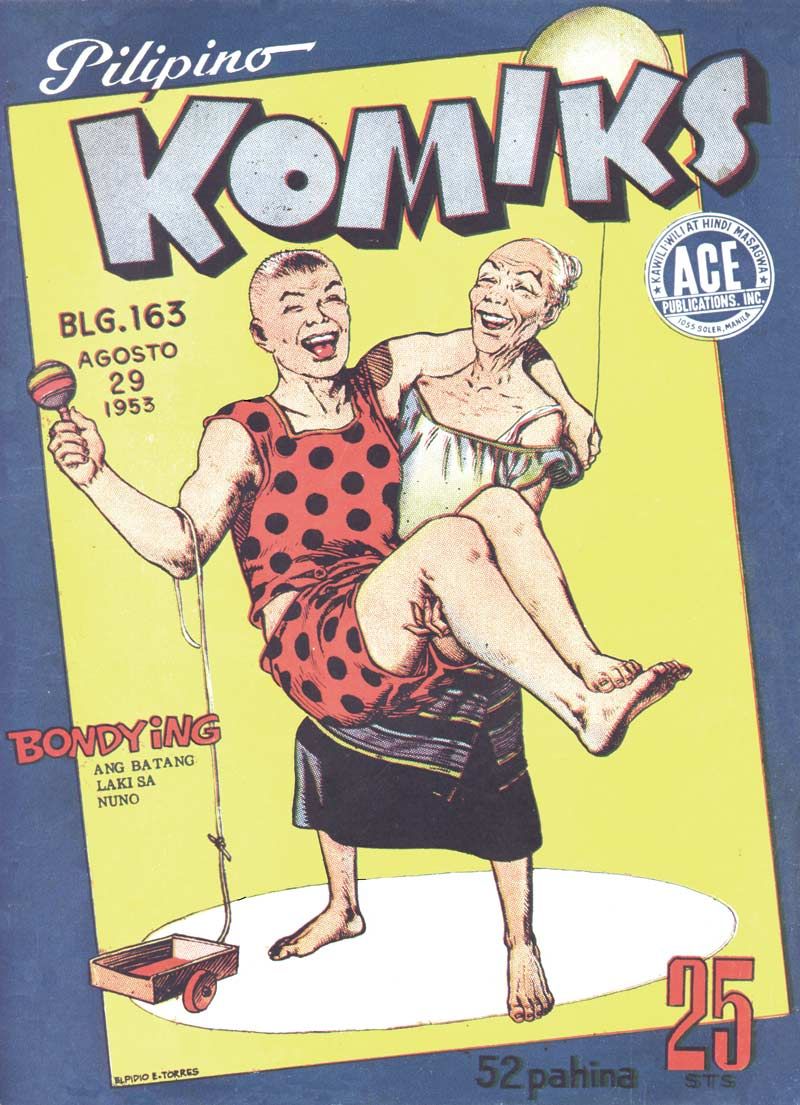
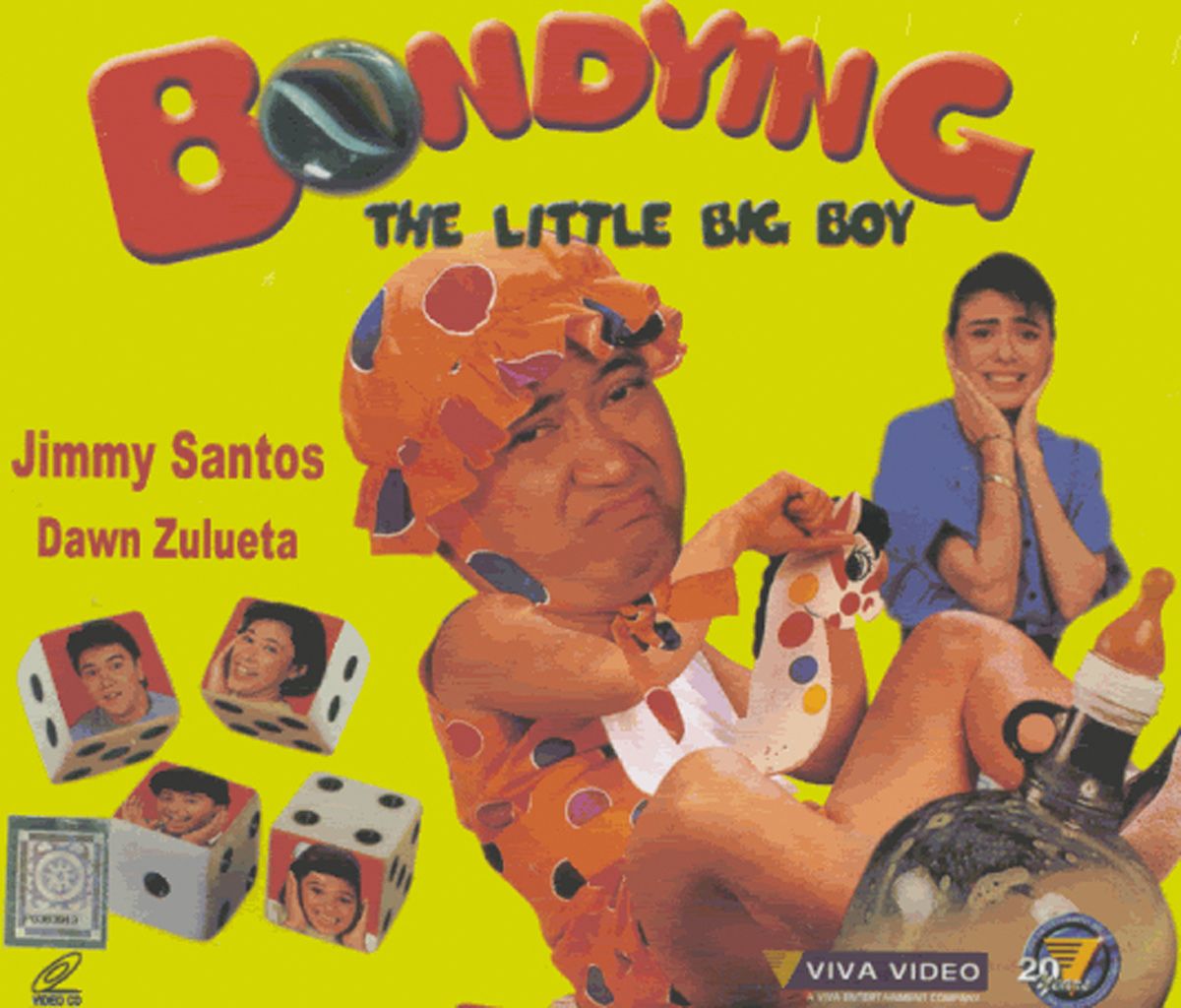
His character has been brought to life in several films, his enduring popularity a testament to the universal appeal of humor and the joy of viewing the world through a child’s eyes. Bondying’s character serves as a reminder of the simplicity and innocence of childhood, a nostalgic journey back to a time of fewer worries and more laughter. Over the years, Bondying has been portrayed by several actors, including Fred Montilla, Jay Ilagan, and Jimmy Santos.
HONORABLE MENTIONS
Jack and Jill
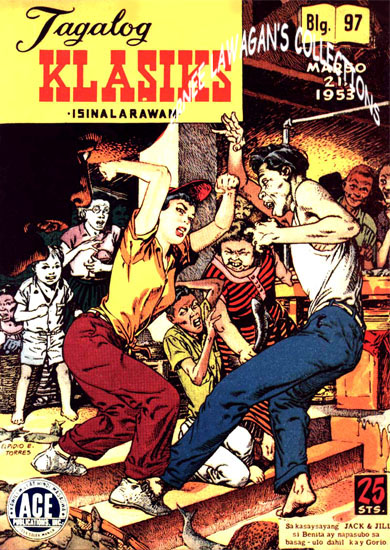
The delightful siblings from Mars Ravelo’s comic strip, have been a source of amusement and joy for readers. Their comedic escapades have not only been confined to the comic strip but have also been adapted into several films, further extending their reach.
Maruja
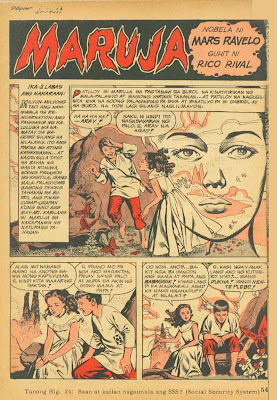
The star of a comic book bearing her name is a woman cursed with immortality. She wanders the world in search of her lost love, a poignant tale that has resonated with audiences. Her story has been brought to life in several films and a television series, showcasing the depth of Ravelo’s storytelling.
Varga
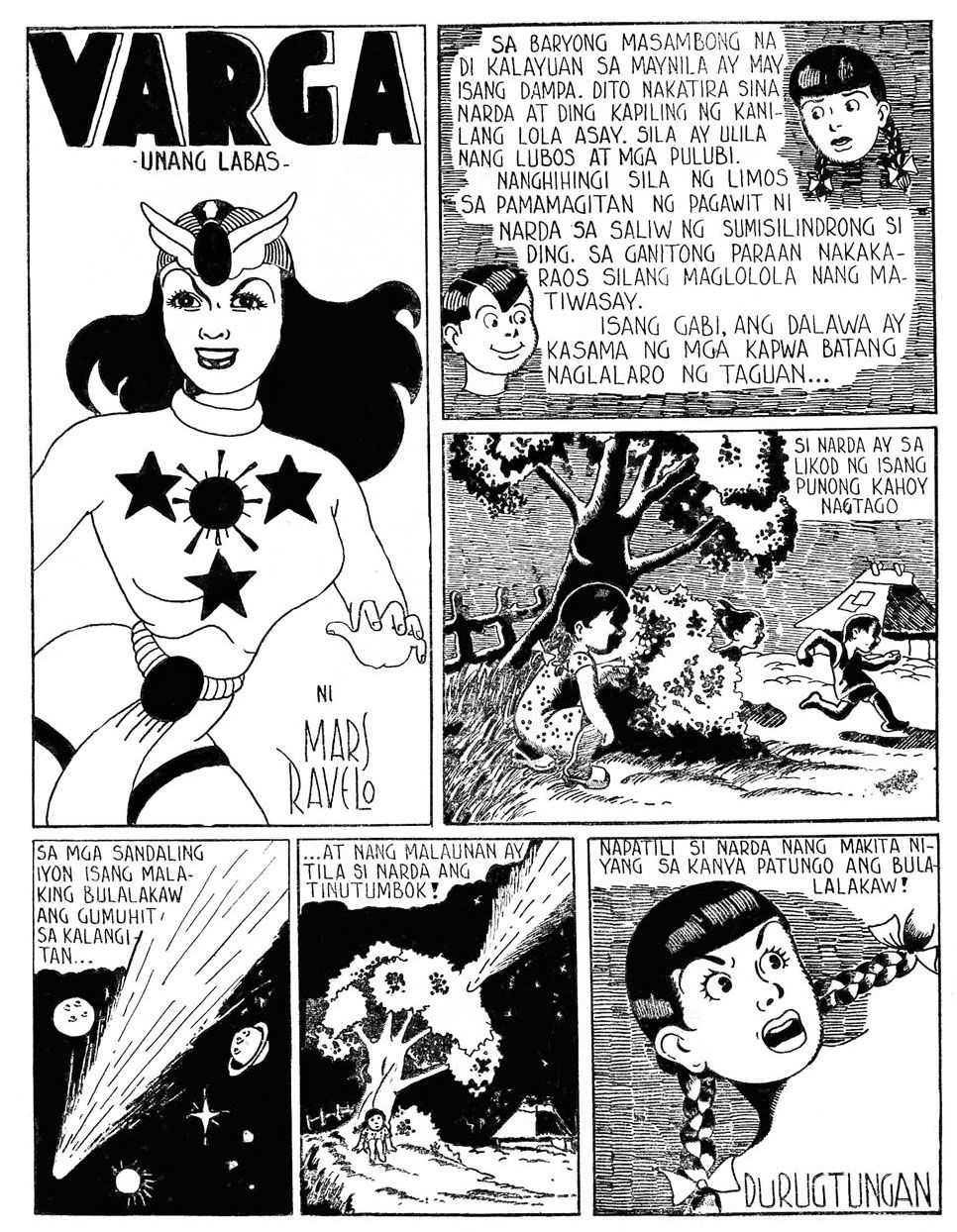
A superheroine composed by Ravelo for Bulaklak Magazine in 1947, later evolved into the iconic Darna. She’s a young girl who transforms into a superheroine to combat evil, embodying courage and determination.
Flash Bomba
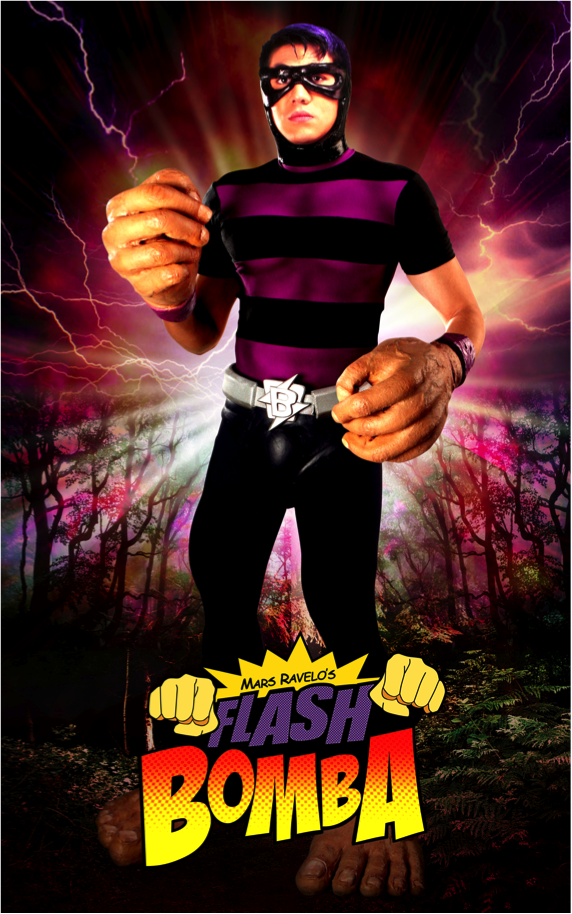
A superhero with the ability to transform into a super-strength giant is another fascinating character from Ravelo’s repertoire. After losing his legs in an accident, he gains extraordinary power from a lightning bolt. His story has been adapted into a television series, further expanding Ravelo’s influence.
Tiny Tony
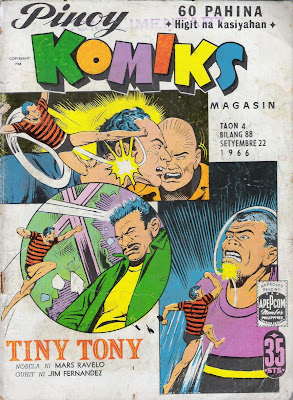
A superhero with the unique ability to shrink to a minuscule size, was first introduced by Ravelo in the 1960s. His character, which uses its size to combat evil, has been adapted into a television series in the Philippines.
Trudis Liit
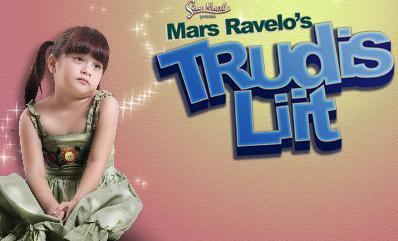
Trudis Liit is another character created by Mars Ravelo. The character’s name translates to “Little Trudis,” she is depicted as a small girl with a big heart. This character, another creation of Ravelo, symbolizes resilience and kindness and has become a beloved figure in Filipino culture.
Ravelo’s characters have become cultural icons in the Philippines. These characters, born from the pages of comic books, have leaped onto the big screen, captivating and entertaining generations of Filipinos. They represent the struggles, dreams, and aspirations of ordinary Filipinos, resonating deeply with audiences. Through various adaptations and media platforms, these characters have solidified their status as cultural icons, reflecting the values, culture, and identity of the Filipino people. Their enduring popularity and impact serve as a testament to Ravelo’s legacy and the timeless appeal of his creations. The exciting prospect of creating a “Mars Ravelo Cinematic Universe,” similar to Marvel’s MCU, showcases the enduring popularity and influence of his characters. This would further cement Ravelo’s legacy and celebrate the rich tapestry of Filipino superheroes and storytelling.
The Recognition and Commemoration of Mars Ravelo’s Work
Mars Ravelo’s monumental contributions to the Filipino comic industry have not only been acknowledged but also celebrated far and wide. His iconic characters have woven themselves into the fabric of Filipino popular culture, coming alive through numerous film and television adaptations, inspiring a range of merchandise, costumes, and fan art. Ravelo’s legacy continues to inspire a generation of artists, writers, and fans who frequently pay homage to his work, incorporating his characters and narratives into their own creations, thereby underscoring his enduring influence in the comic industry.
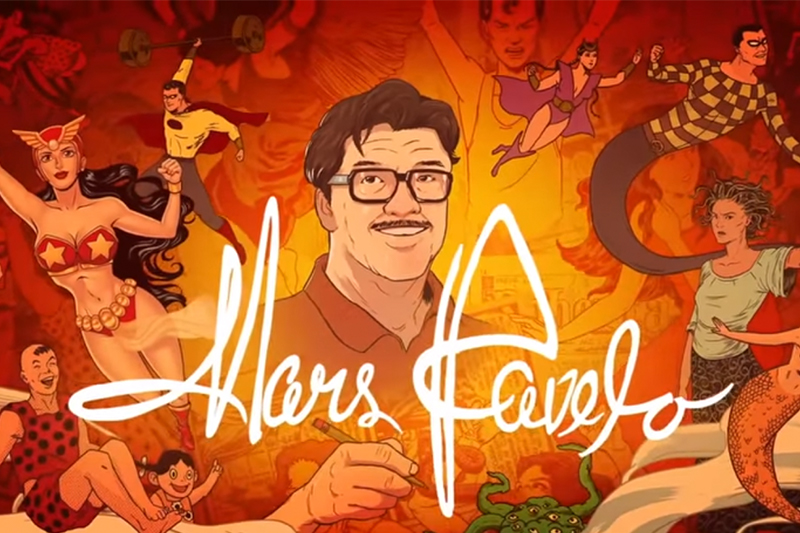
Conclusion
In conclusion, Mars Ravelo’s legacy in the Filipino comic industry is profound. His iconic characters have become cultural staples, and his influence continues to resonate today. Recognitions such as the Life Achievement Award and commemorations like the issuance of stamps featuring his characters on his 100th birth anniversary highlight his enduring impact. His son, Rex Ravelo, continues his work, ensuring that Mars Ravelo’s legacy lives on, reflecting the resilience and spirit of the Filipino culture.





